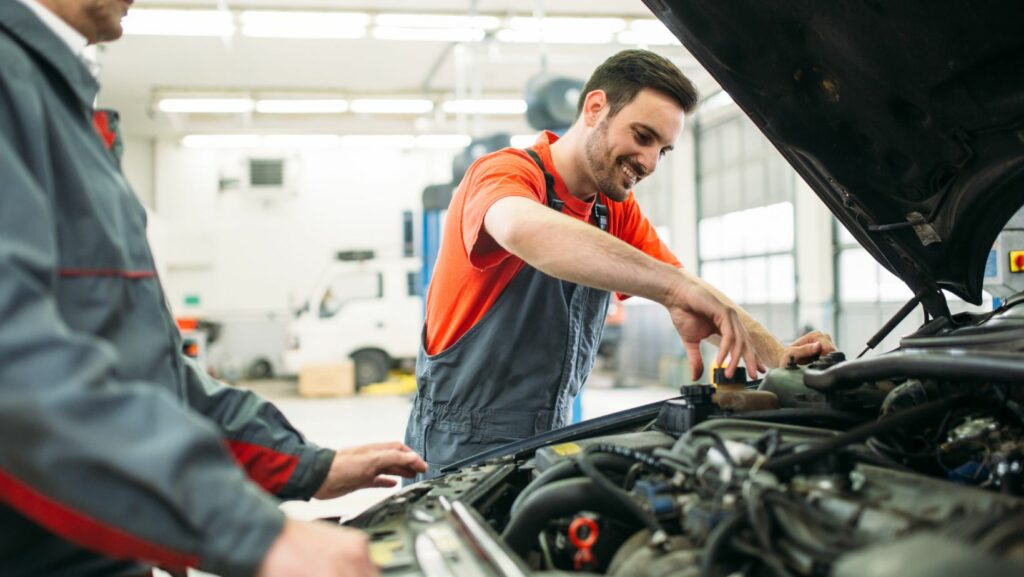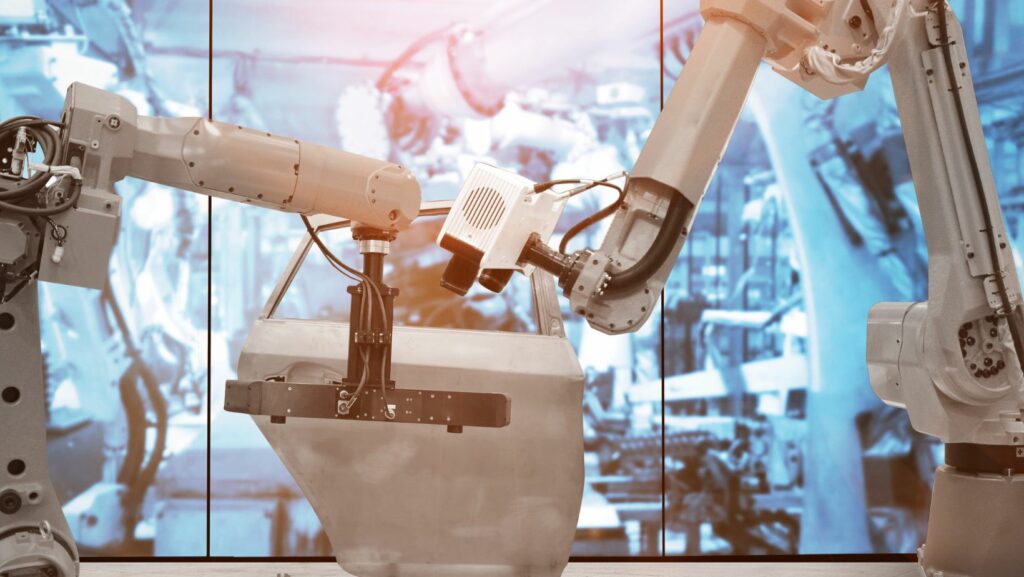In the rapidly evolving world of automotive technology, there’s a constant race to stay ahead. This article dives deep into the fascinating realm of automotive service technology, a field that’s revolutionizing the way we maintain and repair our vehicles.
From high-tech diagnostic tools to advanced repair techniques, automotive service technology is the unsung hero of the automotive industry. It’s not just about fixing cars anymore; it’s about leveraging technology to enhance efficiency, safety, and customer satisfaction.
Automotive Service Technology

Automotive service technology reveals a progressive trajectory. Notably, it started with basic mechanical operations and transitioned into a venture heavily reliant on cutting-edge technological tools. The application of technology in automotive service significantly improved methods of vehicle maintenance and repair, producing favorable outcomes such as enhanced safety, efficiency, and customer satisfaction.
Moreover, technical advancements paved the way for vehicles fitted with advanced computer systems, fundamentally altering the automotive industry’s landscape. Diagnostic tools produce accurate results promptly, reducing troubleshooting time and expediting the repair process. This evolution has rendered automotive service more streamlined and precise than ever.
Impact of Technology on Automotive Maintenance and Repair
Diagnostic Tools and Software
In automotive service technology, Diagnostic tools and software serve a pivotal role. The use of advanced diagnostic tools has reinvented vehicle troubleshooting. Traditionally, mechanics had to diagnose problems by physical examination which was time-consuming and less accurate.
Diagnostic software, on the other hand, augments this process with its ability to run a full diagnostic check of the entire vehicle within minutes. It can monitor thousands of data points, identifying anomalies and predicting potential issues before they escalate.
Automated Service Processes

The automotive industry sees a high-cycle rate in service procedures, giving rise to the necessity of automation. Automated service processes bolster efficiency and accuracy in the automotive service technology sector. For instance, processes such as oil changes, tire rotations, and even brake replacements have seen automation integrated, increasing the speed and effectiveness of services. Automated tools also reduce human interaction with dangerous parts and chemicals, amplifying the safety of operations.
Moreover, automation in service scheduling and customer interaction, like appointment booking and reminders, enhance customer experience significantly. This digital transformation has far-reaching benefits, it aids in workload management, reduces scope for human error, and dramatically improves the turnaround times in vehicle servicing. Thus, automated service processes signify another facet of technology’s impact on automotive maintenance and repair, infusing efficiency and enhancing safety standards in the process.
Trends Shaping the Future of Automotive Service Technology
In this rapidly evolving landscape, two transformative trends are redefining the scope of automotive service technology.
Electric and Hybrid Vehicle Service Considerations

A surge in the demand for electric and hybrid vehicles draws increased attention toward their servicing needs. Unlike their traditional counterparts, these vehicles incorporate complex electrical systems, mandating specialized skills for troubleshooting and maintenance. Battery, the heart of electric vehicles, requires particular care, as it affects vehicle performance directly. Automotive service technology for electric vehicles, therefore, includes battery health checks and management, thus calling for technicians who can handle these intricate components. For instance, regenerative braking systems, prevalent in most hybrid vehicles, complicate the job further, requiring an understanding of both electrical and mechanical systems.
Adoption of AI and Robotics
The second trend is the sweeping integration of AI and Robotics in automotive service technology. These advancements lend themselves in large measure to predictive maintenance, enabling the early detection of potential faults. AI-driven diagnostic tools can analyze vehicle data, identify problem patterns, and suggest appropriate corrective actions early on, mitigating costly repairs. Robotics has dramatically changed the landscape of routine maintenance tasks, with bots performing oil changes to wheel alignments, boosting the efficiency of automotive services. By incorporating robotics, workshops can now promise precision and speed, setting new benchmarks in automotive service excellence. For example, Audi AG uses AI and Robotics in their production plants, which decreases the chances of human error, hence ensuring supreme build quality.



